Workshop
Contributions that will be presented during the workshop (Wednesday, 18 to Friday, 20 October 2017) are organized in 4 thematic sessions
1. Recent and future satellites
Organisers: Philippe Durand and Dominique Derauw
Guest speakers:
Pierre Potin (ESA, Italy) "Sentinel-1 Mission Status". Slides (pdf format)
Mark Simons (Caltech and JPL, USA), "The NASA – ISRO SAR (NISAR) mission"
Nestor Yague (DLR, Germany) "North-South ground displacement retrieval with burst-mode SAR Systems: Experimental modes and results with TerraSAR-X". Slides (pdf format)
This session is focused on current and future space missions for the InSAR community. The following topics will be discussed: status of recent missions, coverage, difficulties and specificities of data (Topsar, ALOS2, scansar, etc), opportunity and future missions of interest (RadarsatCM, NiSAR, SAOCOM, TerraSAR L, bi-static companions, Biomass, etc), specific needs next programs should meet in terms resolution, coverage, revisit, frequency range.
2. Extraction of the physical signal
Organisers: Marie Pierre Doin and Romain Jolivet
Guest speakers:
Karsten Spaans (Leeds, UK) "Getting to the point: Rapid, high quality point selection and variable point time series for deformation monitoring". Slides (pdf format)
Suzanna Ebmeier (Leeds, UK) "Application of Independent Component Analysis to interpreting volcanic signals in multi-temporal InSAR". Slides (pdf format)
Damian Walwer (ENS, Paris) "Data-adaptive analysis of geodetic time series". Slides (pdf format)
Talks:
Mai Quyen Pham (ISTerre, France) "An optimization method for Slow-moving Landslides detection in satellite image time series"
Stéphanie Dumont (Beira Interior, Portugal) "Mapping surface displacement using a pair of interferograms: a comparative study". Slides (pdf format)
Extracting meaningful information about the physics of the imaged system is a fundamental aspect of data processing. Following image processing and/or time series analysis, numerous methods have been developed to identify and quantify the physical properties of the Earth. How do we efficiently extract this information? How do we quantify the associated uncertainties? What are the opportunities can we explore following the launch of recent and future constellations?
3. Geophysical interpretation
Organisers: Catherine Pothier and Virginie Pinel
Guest speakers:
Henriette Sudhaus "Pyrocko - new open-source software tools for source modelling of earthquakes combining InSAR data and seismic waveforms". Slides (pdf format)
Mary-Grace Bato (ISTerre, France) "Towards the assimilation of deformation data for eruption forecasting". Slides (pdf format)
Talks :
Gokhan Aslan (ISTerre, France) "Surface creep along the 1999 Izmit earthquake's rupture (Turkey) from high temporal resolution InSAR data"
Christel Marchica (ISTerre, France) "Inversion of Geodetic data using least-square method in a non-Gaussian framework". Slides (pdf format)
Alexis Hrysiewicz (LMV, France) "InSAR characterization of displacements related to lava flows at Piton de la Fournaise". Slides (pdf format)
This session is focused on the use of displacement measurements obtained through remote sensing in Earth Sciences (studies on earthquakes, volcanoes, landslides, glaciers...). Description of data integration in operational monitoring devices, of data fusion with complementary filed measurements as well as of data interpretation in terms of mechanical processes through direct or inverse model are strongly encouraged.
4. Intensive processing / Big data
Organisers: Emmanuel Trouvé, Flavien Vernier, Mathieu Volat
Guest speakers:
Philippe Durand et al. (CNES, Isterre Grenoble) "Interférométrie à large échelle spatiale et temporelle dans la chaîne MUSCATE/Form@ter. Point sur les traitements PEPS". Slides (pdf format)
Hervé Caumont (Terradue, GTEP) "The Geohazards Exploitation Platform: moving InSAR Cloud Services into pre-operations phase". Slides (pdf format)
Philippe Bally, Theodora Papadopoulou et al. (ESA, Italy) " ESA's Thematic Exploitation Platforms initiative and the GEP for terrain motion measurements". Slides (pdf format)
Philippe Durand et al. (CNES, BRGM, Form@ter, CLS/TRE-ALTAMIRA) "Toward a COPERNICUS service for ground displacements from PS/INSAR Sentinel-1 data. Example from a pilot project in South West France". Slides (pdf format) + Video (youtube)
Philippe Labazuy (LMV, France) "EPOS (European Plate Observing System), infrastructure européenne de recherche sur la Terre solide". Slides (pdf format)
Michel Diament (IPGP, France) "The data and services centre for Solid Earth ForM@Ter within the national research infrastructure". Slides (pdf format)
Talks:
David Michea (EOST, France) "A2S – Processing services for the rapid exploitation of satellite data streams on HPC platforms: some examples for solid earth research". Slides (pdf format)
Mathieu Volat (UJF, France) "Introducing "TIO": Optical imagery time series analysis on the Geohazards Exploitation Platform". Slides (pdf format)
The purpose of this session is to share developments and experiences relying on the automatic processing of large amounts of data generated by satellite data acquisition (time series, spatial coverage, ..). We welcome contributions pertaining to the conception of calculation chains and the use of exploitation platforms to share and exchange data.
Keywords : framework, API; scientific work flow; time series management; platform of treatments and services (GEP, PEPS, ETALAB...); Data sharing/ data storage/results; cloud computing; data mining.
_____________________________________________________________________________________________
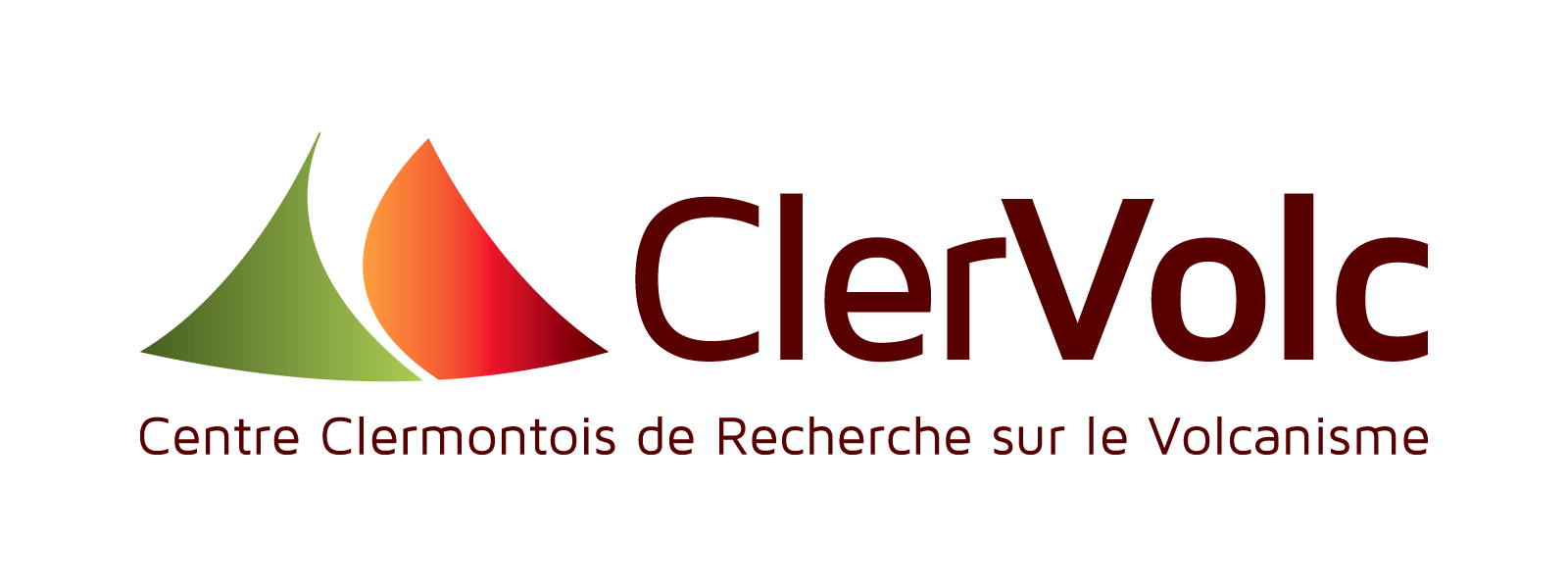
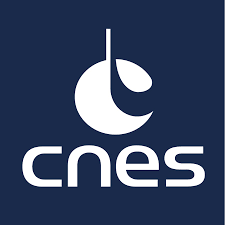
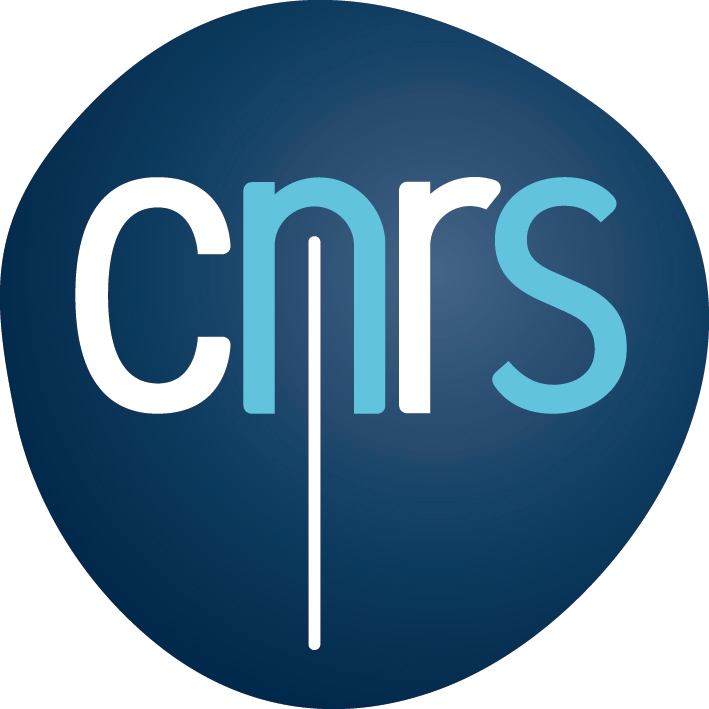
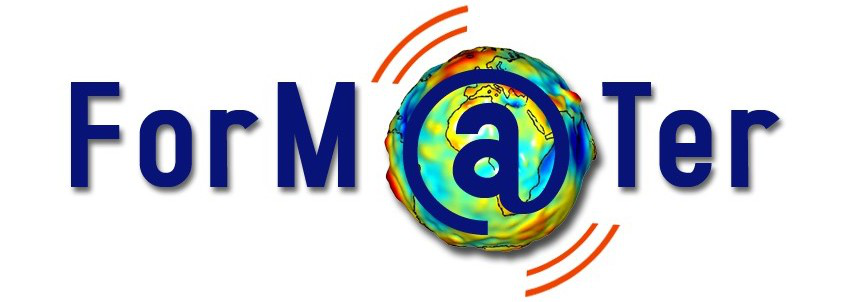
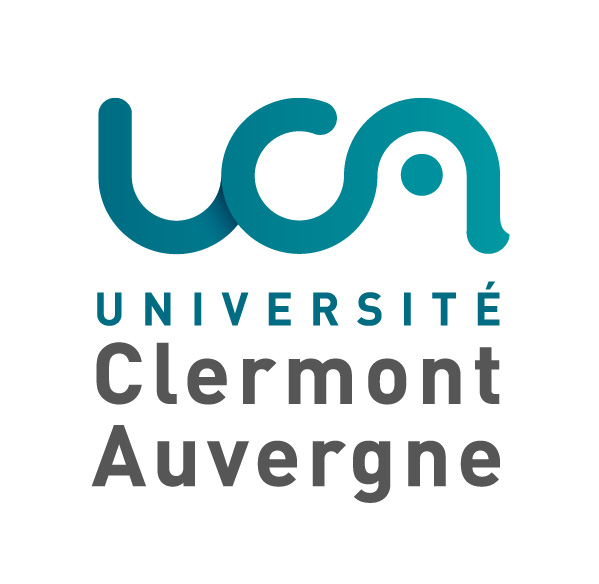
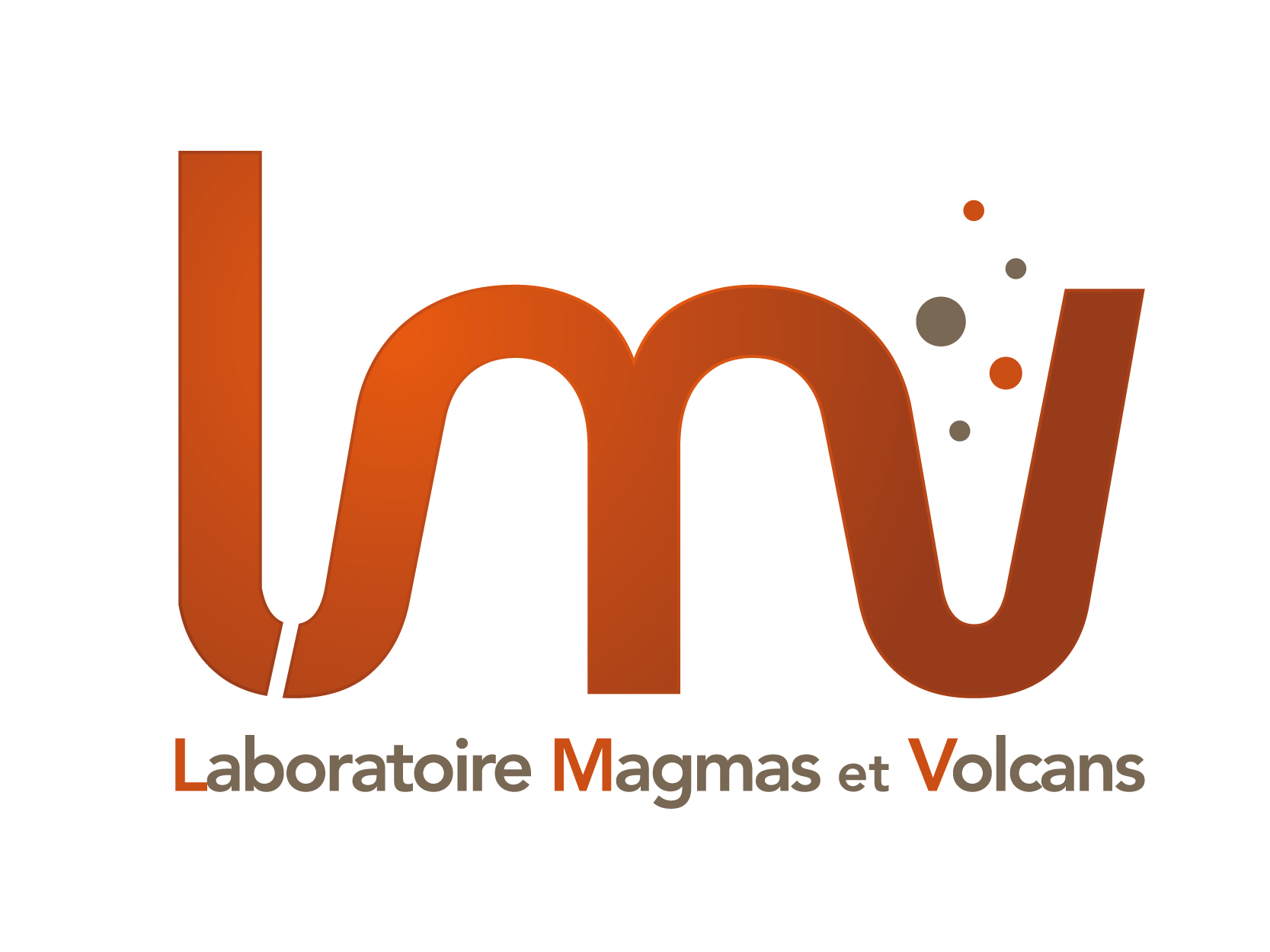
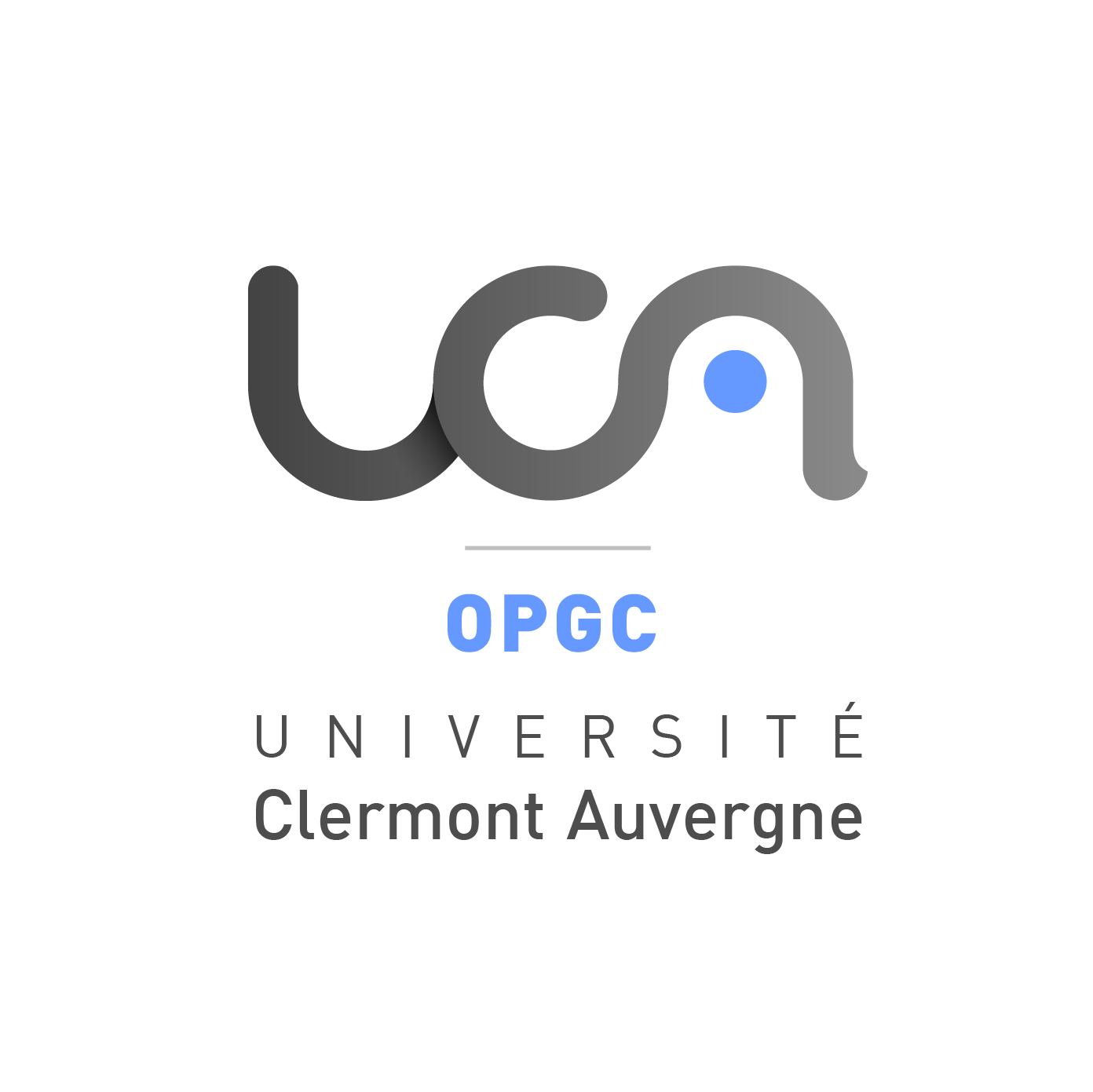
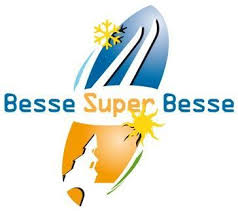
| Online user: 2 | RSS Feed |

|
